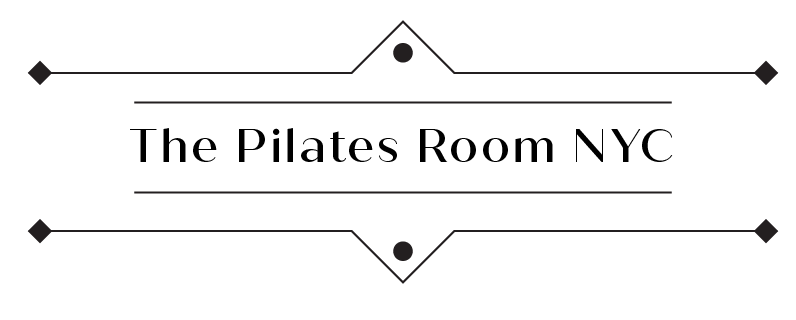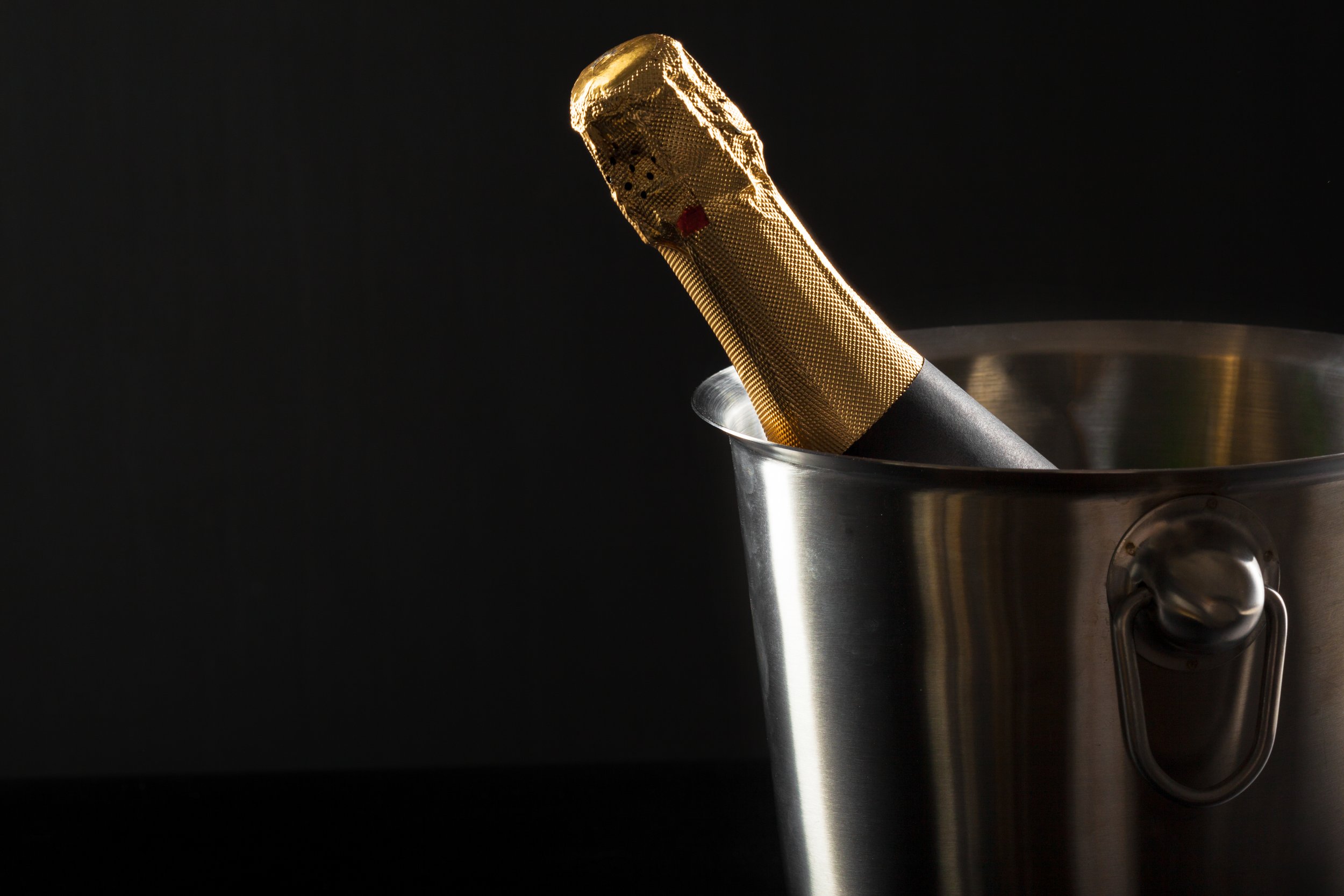What Traditional Pilates is *Not*
In today's fitness world, "Pilates" has become a catch-all term applied to everything from dance-inspired cardio classes to high-intensity interval training (HIIT) on reformers. While innovation and variety are not inherently misleading, the term "traditional Pilates" has a specific meaning—one rooted in the original method developed by Joseph Pilates.
Why Asking for Feedback is Essential for Any Good Pilates Instructor
Asking for feedback isn't just a courtesy—it's a core part of becoming a more effective, client-centered Pilates instructor. We respect and value our clients, and we celebrate their accomplishments alongside them. Building a strong relationship with a client involves learning to accept feedback without judgment.
Why don’t we play music at the Pilates Room?
Pilates was founded on six principles: concentration, control, centering, flow, precision and breath. Music can interfere with the subtlety of breath—the very foundation of your movement. In our studio, we’d prefer you to be able to concentrate on your inhales and exhales and feel the rise and fall of your chest. In a quiet space, you may begin to notice how your breath supports your spine, your core, your strength. That awareness is powerful.
Gym vs Pilates Studio: What’s the Difference and Which Is Right for You?
When it comes to health and fitness, there’s no one-size-fits-all approach. With a number of options available, it’s important to choose the type of exercise environment that aligns best with your goals and lifestyle. If you’re curious about Pilates, and you’re debating joining a gym or a Pilates studio—it’s important to know that they offer very different experiences.
Pilates for Dancers
There are a few key reasons that dance and Pilates go hand-in-hand. Pilates emphasizes the development of a strong core—essential for nearly every movement in dance; it teaches awareness of body alignment, which is vital for dancers to achieve graceful, efficient and injury-free movements and it helps to create more balanced strength throughout the entire body, including often-neglected muscles like the deep stabilizers of the core and back.
Interview with SP: A former Dancer turned Pilates Practitioner
SP has been practicing at The Pilates Room NYC for about three years. She talks a bit about starting her Pilates journey, how The Pilates Room instructors adapt their methods to provide a holistic experience and how Pilates has changed her life.
Meet Robert—a business owner who has carved out some time for himself at The Pilates Room, NYC
We recently sat down with Robert to talk about how he found The Pilates Room NYC, how practicing Pilates has helped him with functional fitness and cross training and what advice he has for anyone who is curious about trying Pilates.
Mat Pilates vs. Reformer Pilates: Which One Is Right for You?
Whether you go for the simplicity of the mat or the versatility of the reformer, Pilates has something to offer everyone. Explore both, listen to your body, and choose what aligns best with your fitness goals. The beauty of Pilates lies in its adaptability—and once you find your groove, your body (and mind) will thank you.
Pilates on the Road—Easy Exercises to Do While Traveling
Pilates is a versatile and effective workout that you can do anywhere. Some Pilates exercises do not require equipment or much space and can help you unwind after a long flight or car ride when your whole body feels stiff from the journey. Here are a few Pilates moves to practice while traveling: Roll-Up, Saw, Leg Circles, Plank, Single-Leg Stretch, Side Leg Lifts and Bridge.
How to Improve Your Range of Motion: Pilates Exercises for Flexibility
Maintaining a healthy range of motion reduces the risk of injury, improves posture, and increases mobility. It also helps keep us active, confident and limber. Improving your range of motion through Pilates is not just about stretching and flexibility—it’s about creating an overall healthy body. Regular practice of targeted exercises, such as those for the hamstrings, shoulders, and spine, will lead to greater flexibility, better posture, and a reduced risk of injury.
Common Pilates Terms for Beginners
Pilates is a unique practice that introduces people to a new way of inhabiting their body and moving through the world. If you are a Pilates beginner, there are a few terms you may start hearing around the studio that involve parts of the body, important Pilates techniques and tools. To give you a leg up on what some of these terms mean, we’ve created a basic glossary of common Pilates vocabulary.
Getting Off the Plateau: Tips for Growth and Progress When Your Pilates Practice Has Stalled
The Performance Plateau in Pilates can be a difficult barrier to overcome. It requires reframing your approach, conquering mental barriers, drilling down into particular skills and working to consciously refine your techniques. If you feel like you’ve plateaued in your Pilates practice, we recommend some strategies to deepen your practice that include focusing on breath, challenging your core, concentrating on flexibility and setting intentional goals.
The Surprising Connection Between Pilates and Better Sleep
In the throes of insomnia, it doesn’t feel as if there are any good solutions for sleep. But in thinking about low-impact ways to increase physical activity, reduce stress and promote better sleep, Pilates seems like a no-brainer.
Pilates and Aging: Gaining Strength, Longevity and Confidence
As we age, we lose muscle mass and bone density and experience decreases in balance and flexibility. It can be tough to accept these changes when we notice them creeping into our body and affecting our life, but giving up exercise completely—out of frustration—can accelerate stasis. As humans, we are meant to be mobile. Movement is the currency of health, and once it’s limited, our world becomes smaller. By regularly practicing Pilates, you can maintain (and perhaps even improve!) your range of motion as you age.
When the Champagne Goes Flat: How to Stay Motivated after the Wild Optimism of the Holiday Season
It’s hard to stay motivated, particularly when the dazzle of the holiday season fades and the reality of the winter slog ahead feels ceaseless. However, at The Pilates Room, we believe that this is the best time of the year to become interior—not in the physical sense—but in the sense of being less distracted by your environment and more focused on your goals. This is the perfect time to start on the road to substantive change. But remember that substantive change is not quick, it does not follow a straight line, and it requires setting clear, achievable goals.
How to Find a Pilates Studio and Instructor that are Right for You: A Comprehensive Guide
Finding a Pilates studio where you feel at home an and instructor that works for you is one of the greatest motivations to get you out the door. There are a few things to consider when looking for a Pilates studio, including modality (Classical Pilates, Contemporary Pilates, Reformer Pilates, etc), atmosphere, pricing and location. When searching for a Pilates instructor, think about what type of teaching style helps you stay motivated and committed.
How to Enhance Your Practice with The Six Core Principles of Pilates
Regardless of whether you’re new to Pilates or an experienced practitioner, these six core principles are important to keep in mind as you move through the sequences. Focusing on these principles—concentration, control, centering, flow, precision, breath—will help sharpen and elevate your practice and fortify the mind-body connection.
Common Questions from Pilates Beginners, and Answers that Will Make You Breathe Easier
We will answer the following (real) questions from first-time Pilates practitioners to show you that you’re not alone (we all have questions!) and to give you the confidence to walk into your new Pilates studio like an absolute luminary.
How Pilates Helps Improve Posture and Core Strength: Tips from an NYC Instructor
Pilates is one way to counteract our constant tilt toward our phones and computers and to lengthen the body with controlled, precise movements, which can correct imbalances, restore alignment, and promote better posture. Pilates focuses on core strength, which means better support for the spine, a reduction of lower back pain, improved balance and coordination, and enhanced athletic performance.
What is Classical Pilates? A Beginner's Guide
This guide will walk you through the foundations of Classical Pilates and how it can benefit your body and mind. Key points include the origins and key principles of classical Pilates, and the standard equipment used in classical Pilates including The Reformer, The Cadillac, The Wunda Chair and The Ladder Barrel. We also discuss the benefits of Classical Pilates and some tips for getting started.




















